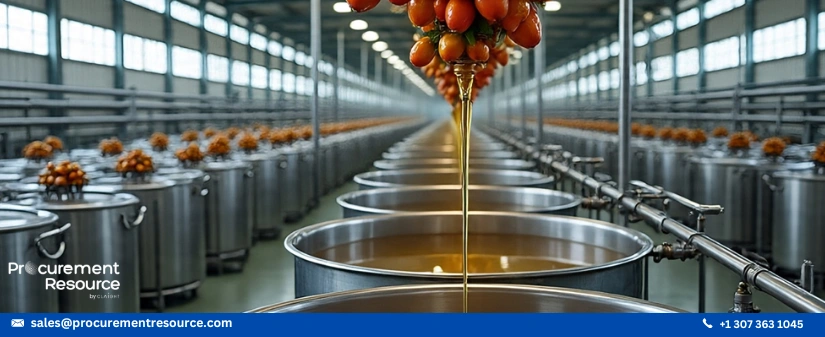Palm oil prices have been rangebound lately amid stable demand dynamics with no major fluctuations

Global palm oil prices are expected to remain stable in 2025, supported by steady consumption demand from key markets like India and China, as well as biofuel policy measures in the US and Indonesia. Despite forecasts of increased global production, these demand-side factors are likely to prevent significant price fluctuations. Prices are anticipated to trade between MYR 3,800 and MYR 4,000 per tonne in the coming months, with the market finding balance between supply and demand factors.
Production is projected to rise by 2.4% year-on-year to 80.6 million tonnes in the 2025-26 season, driven by higher output from Indonesia and Malaysia. Indonesia's production is forecast to increase by 3.3% to 47.5 million tonnes, while Malaysia's output is expected to grow modestly by 0.5% to 19.5 million tonnes. This follows a recovery in Malaysian production after a decline in the first quarter of 2025. Strong stockpiles in Malaysia are also expected to keep prices in check, preventing any sharp upward movements.
Demand remains a key factor supporting prices, particularly from India and China. India's palm oil imports are projected to rise by 10.3% year-on-year to 8.7 million tonnes in 2025-26, driven by lower carry-over stocks and competitive pricing compared to alternatives like soya oil. Similarly, China's imports are expected to increase as domestic inventories decline. However, the global market is anticipated to see a growing surplus, which could limit price gains.
Read More About Palm Oil Production Cost Reports - Get Free Sample Copy in PDF
Policy measures, particularly in biofuels, are influencing the market. Updated blending requirements in the US have boosted soya oil prices, improving palm oil's competitiveness. Meanwhile, Indonesia's B40 biodiesel mandate is expected to increase domestic consumption, potentially supporting CPO prices. The overall outlook for 2025 remains stable, balancing stronger production against steady demand and policy-driven support.

